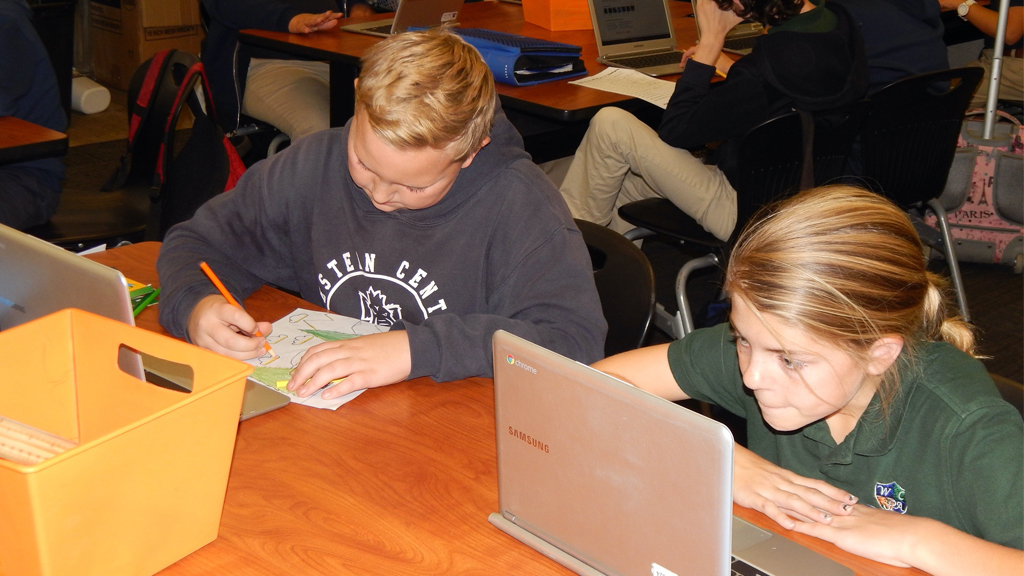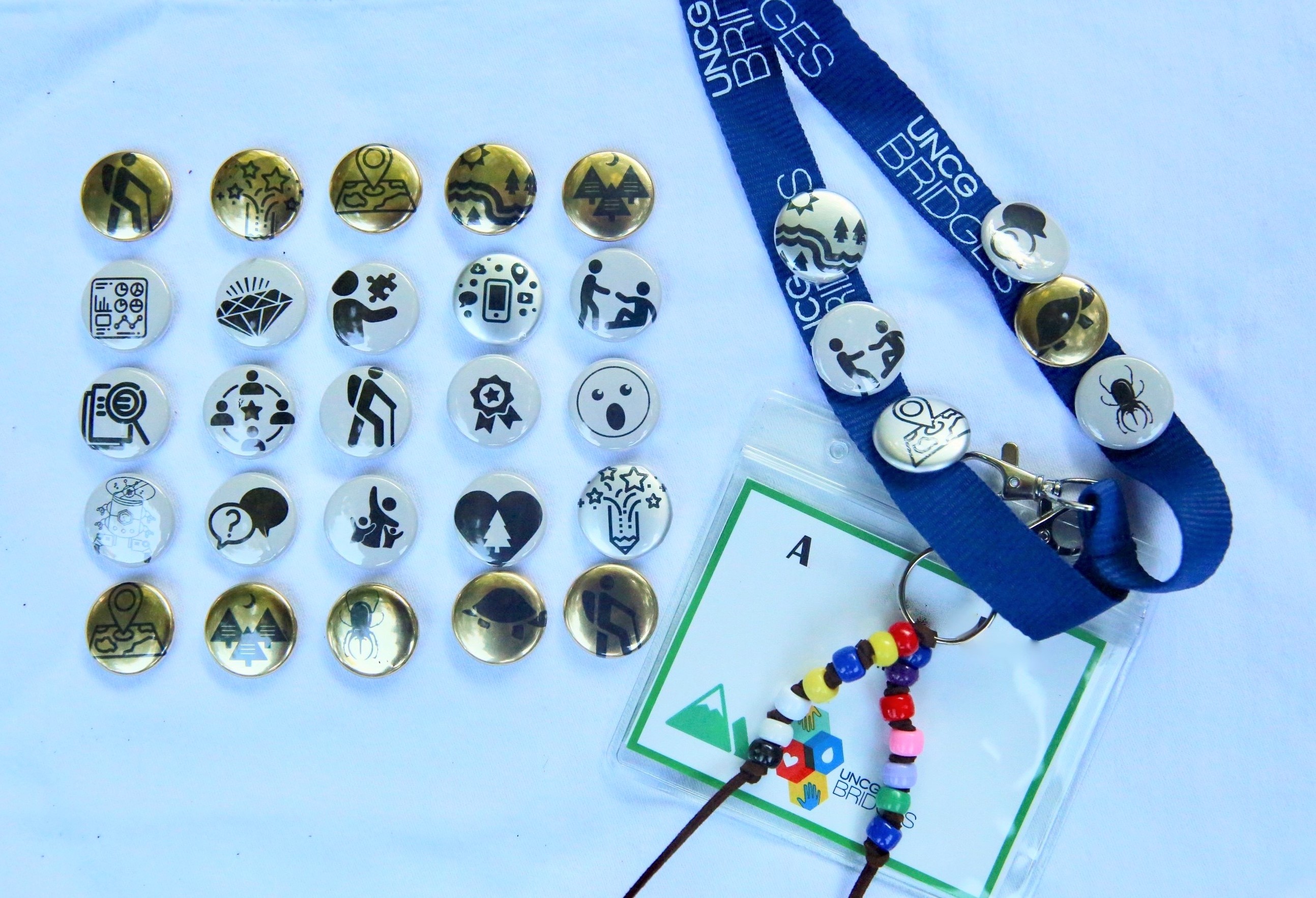Archive: University and College Instructors: Engage Your Students with NSTA, July 29, 2021
Are you an instructor of pre-service teachers of science? Learn about NSTA's digital resources, virtual experiences, online community, and website tools to help your students become the BEST teachers they can be. More than membership, this way of teaching your students will enhance their engagement with the National Science Teaching Association, and thus benefit them beyond their college years. Learn more about this great opportunity for university instructors.
Are you an instructor of pre-service teachers of science? Learn about NSTA's digital resources, virtual experiences, online community, and website tools to help your students become the BEST teachers they can be. More than membership, this way of teaching your students will enhance their engagement with the National Science Teaching Association, and thus benefit them beyond their college years. Learn more about this great opportunity for university instructors.
Are you an instructor of pre-service teachers of science? Learn about NSTA's digital resources, virtual experiences, online community, and website tools to help your students become the BEST teachers they can be. More than membership, this way of teaching your students will enhance their engagement with the National Science Teaching Association, and thus benefit them beyond their college years. Learn more about this great opportunity for university instructors.
Are you an instructor of pre-service teachers of science? Learn about NSTA's digital resources, virtual experiences, online community, and website tools to help your students become the BEST teachers they can be. More than membership, this way of teaching your students will enhance their engagement with the National Science Teaching Association, and thus benefit them beyond their college years. Learn more about this great opportunity for university instructors.






